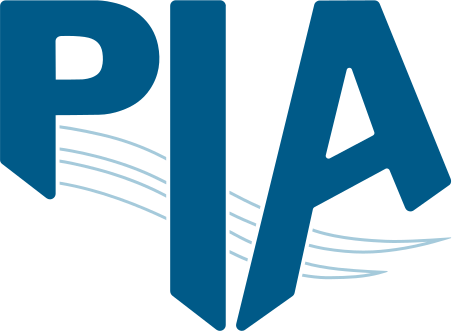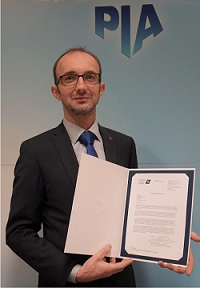Anforderungen zu Einbau, Betrieb und Wartung können nicht in den harmonisierten Kleinkläranlagen-Normen EN 12566 Teil 1, 3, 4, 6 und 7 geregelt werden, da diese reine Produktnormen sind und keine Aussagen über die Anwendung nach dem Inverkehrbringen machen. Einbau, Betrieb und Wartung wurde bis jetzt in den allgemeinen bauaufsichtlichen Zulassungen des DIBt festgeschrieben und würden ohne eine Neuregelung entfallen.
Der zurzeit erarbeitete Vorschlag sieht vor, eine neue technische Regel zu erstellen um alle rechtlich machbaren und sinnvollen Anforderungen aufrechtzuerhalten. Speziell die Bundesländer haben sich eine Zusammenarbeit zwischen DIN und DWA gewünscht. Seit Okt. 2015 wurde nun an dieser techn. Regel gearbeitet und es soll ein gemeinsames Regelwerk als DIN 4261-7 und DWA A-221 bis Ende April 2016 ausgearbeitet sein.
Nach dieser technischen Regel soll die noch zu bestimmende zentrale Bewertungsstelle alle Kleinkläranlagen und Pflanzenkläranlagen mit CE-Kennzeichnung bezüglich ihrer wasserrechtlichen Eignung bewerten und in einer Liste veröffentlichen.
Mögliche Bewertungskriterien, die von der zentralen Stelle angewendet werden:
- Auswertung der Prüfergebnisse (4 aus 5 Regel)
- Einteilung in Klassen
- Bedingungen zur Nutzung für Anlagen der 1. der 2. und 3. Reinigungsstufe
- Mögliche Baureihen ermitteln
- Auswirkungen auf nachgeschaltete Bauwerke wie Versickerungen ermitteln
- Erstellung einer zugänglichen Liste mit Details zu Inbetriebnahme, Betrieb, Wartung, Baureiheninformationen.
Weitere national für erforderlich gehaltene Anforderungen für Kleinkläranlagen der zweiten und dritten Behandlungsstufe sowie Pflanzenkläranlagen sollen auf Bauwerksebene (bauwerksbezogene Anforderungen zur Nutzung der Bauprodukte) in der benannten technischen Regel konkretisiert werden.
Da die Einhaltung von bestimmten Ablauf-Grenzwerten in der europäischen Norm nicht vorgesehen ist, sollen die bekannten Klassen C, N, D, +P und +H und folgende Punkte in der neuen DIN 4261-7 und der DWA A-221 geregelt werden:
- Anforderungen an das CE-gekennzeichnete Produkt
- Klasseneinteilung
- Bemessungsgrundlagen (Schlammstapelzeiten, Baureihe)
- Vergleichbarkeit zu anderen Behältern und verschiedene Materialien
- Ermittlung der relevanten EW
- Einbau (Fachkunde, Installation, Auftriebssicherung…)
- Betrieb (Betreiberkontrollen, Schlammentsorgung, Fernüberwachung…)
- Wartung (Fachkunde, Probenahmeeinrichtung, Intervalle…)
- Sanierung/Nachrüstung/zweite und dritte Behandlungsstufen
- Reparatur
- Schnittstellen/Datenübermittlung.


